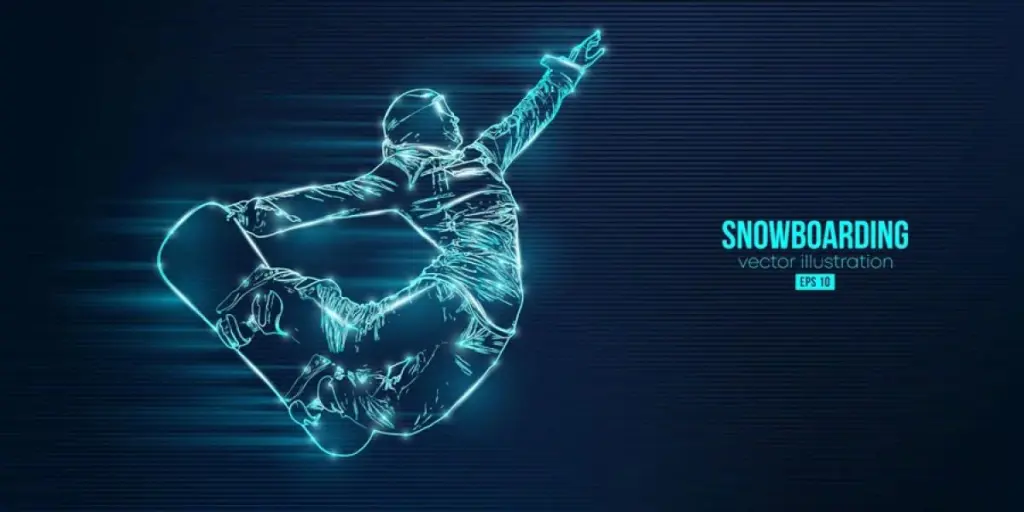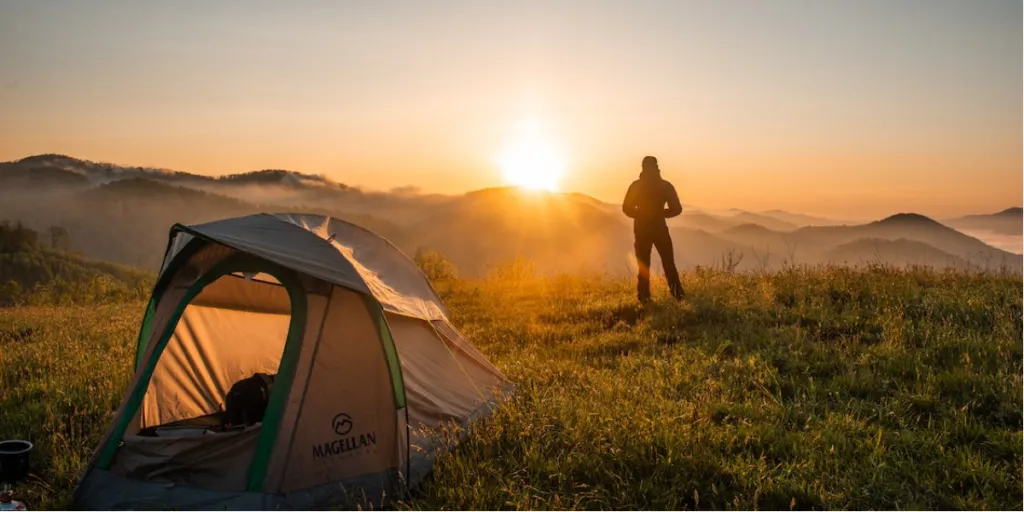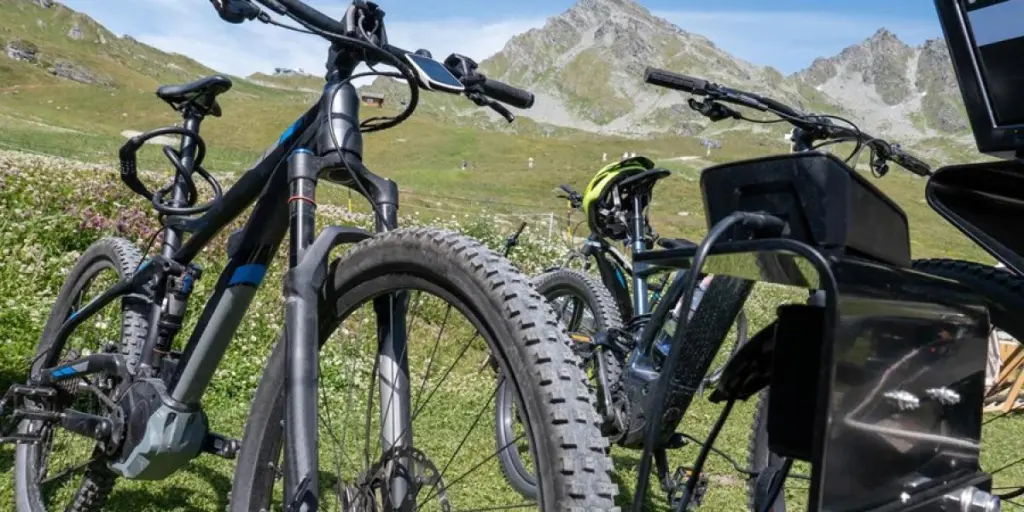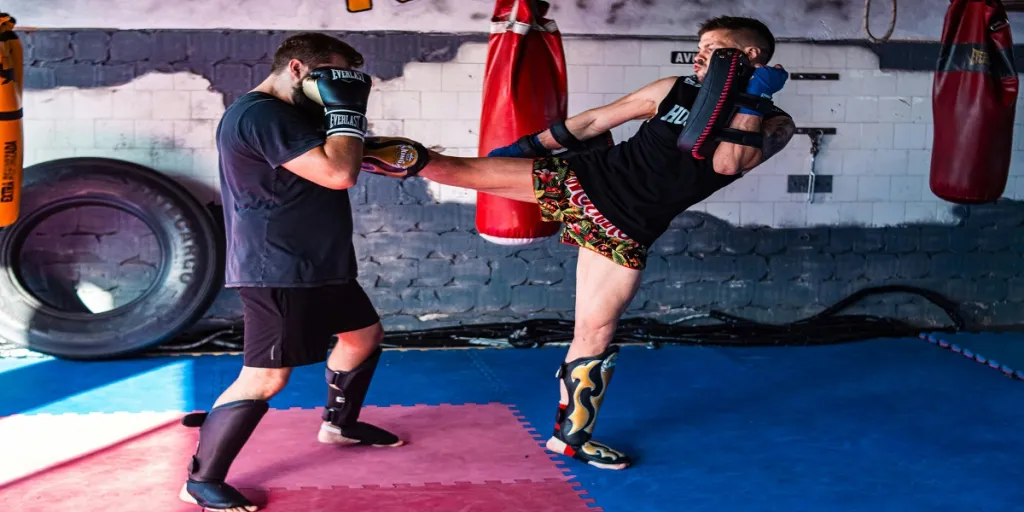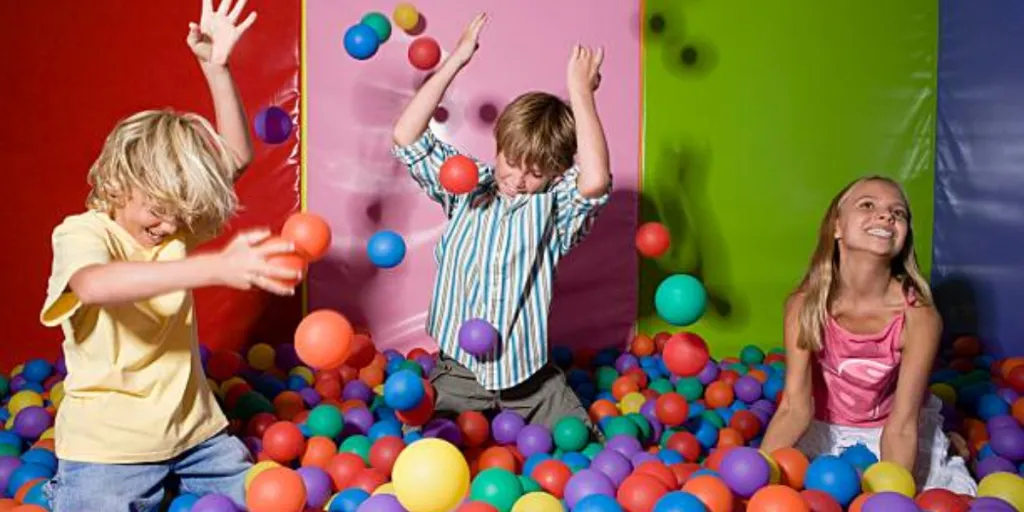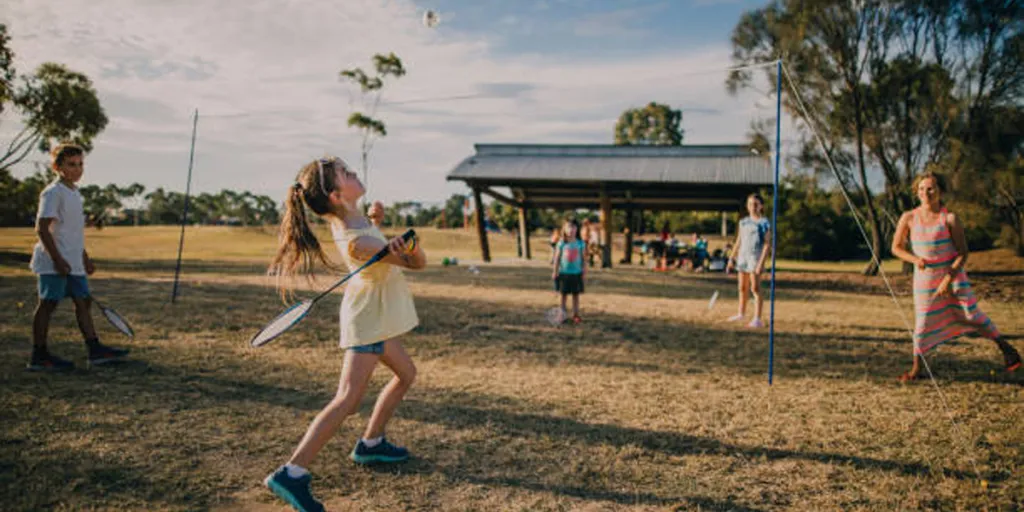Table of Contents:
● Introduction
● Market Insights
● Selecting Snowboards: A Buyer’s Guide
● Top Picks for 2024
● Conclusion
Introduction
In the swiftly evolving world of winter sports, 2024 stands as a pivotal year for snowboarding, particularly for businesses and retailers keen on offering the best to their clientele. This guide is tailored to dissect the intricate layers of the market, presenting an analytical approach to product selection and consumer trend adaptation. It is not only a navigational tool through the vast choices available but also a strategic asset in carving a unique niche in the competitive snowboarding industry. As you peruse through, expect to gain valuable insights into the mechanics of choice, the importance of innovation, and the trends shaping the future of snowboarding. Herein lies your blueprint to elevate your business, enhance customer satisfaction, and drive impactful decisions in the 2024 snowboarding market.
Market Insights
| Category | Detail |
| Market Data (Source: Fact.Mr) | CAGR (2023-2033) 3.9% 2023 Market Size: US$ 310 million 2033 Market Size(estimated): US$ 455 million 2033 SplitBoards Segment Market Share (estimated): ~25% |
| Market Segments | Snowboard Bindings, All-Mountain Boards, Freeride Boards, Freestyle Boards, Men’s Snowboard Boots, Women’s Snowboard Boots, Kids’ Snowboard Boots, Splitboards |
| Sales Channel | Direct Sales, Franchised Stores, Specialty Stores, Online |
| Key Players | Amer Sports Corporation, Newell Brands Inc., Head NV, Gilson Boards LLC |
The snowboarding equipment market is poised for steady growth driven by a combination of factors including technological innovations, direct consumer marketing strategies, and a growing demand across various user segments.
Manufacturers are increasingly focusing on direct promotions to consumers, aiming to enhance profitability and introduce innovative technologies in their products. One such innovation is the advent of hybrid snowboards, which blend the characteristics of different board types to offer versatile performance. The market is segmented by product types such as SplitBoard, Snowboard Binding, Snowboard Boots, among others, and by applications targeting Children, Men, and Women.
The North American region, particularly the United States, continues to be a significant market for snowboard equipment, driven by a robust sporting culture and a steady influx of snowboarding enthusiasts. The industry is also evolving with changing consumer preferences and technological advancements, leading to a dynamic and competitive market landscape.
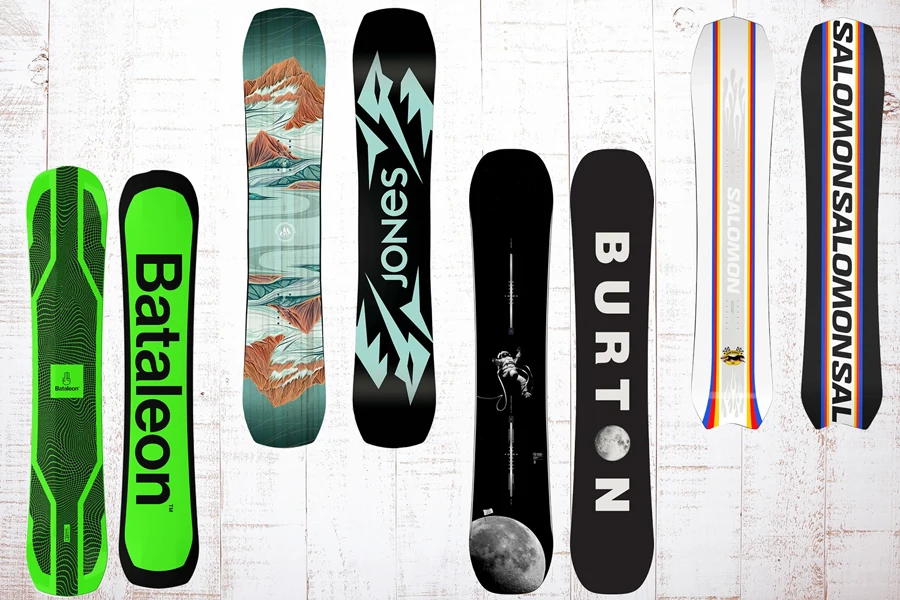
Selecting Snowboards: A Buyer’s Guide
When selecting snowboards for your inventory, it’s essential to consider various factors that influence performance, suitability, and customer satisfaction. Here are detailed bullet points on key aspects:
Snowboard Size:
- Length: The length of a snowboard significantly affects its ride. A board that’s too long can feel unresponsive, while one that’s too short may be unstable. The ideal length is determined by the rider’s weight, ability, and riding style. Most boards come with a size chart to help determine the appropriate length.
- Width: The width of the board should be enough to prevent toe and heel drag, which can cause wipeouts during hard carving. Narrower boards are more responsive, while wider ones offer more stability. For individuals with larger feet (US 10 or above), a wider board might be necessary.
Types of Snowboard:
- All-Mountain: Versatile boards suitable for various terrains, from piste to powder to park.
- Freestyle: Lighter, shorter, and softer, ideal for park riding and beginners.
- Freeride: Designed for backcountry and off-piste adventures, usually longer and stiffer.
- Powder: Features a wider nose and tapered tail for better float in deep snow.
- Splitboards: Can be split into two for uphill hiking and reconnected for downhill.
- Freecarvers: Longer, narrower, and stiffer, mimicking the feel of alpine skiing.
Snowboard Shapes:
- Directional: Best for one-way riding, great for carving and speed.
- True Twin: Symmetrical shape and flex, ideal for riding in both directions.
- Directional Twin: A mix of twin and directional shapes, popular among all-mountain riders.
- Asymmetrical: Different sidecut on heel and toe edges to accommodate physiological differences in turning.
- Tapered: Wider nose than tail for deep snow float.
- Volume Shifted: Shorter and wider, allowing for maneuverability and stability.

Snowboard Profiles:
- Camber: Arched shape providing excellent edge hold and pop, suitable for carving and speed.
- Rocker: Reverse camber for a forgiving ride and better float in powder.
- Flat: Balances stability of camber and playfulness of rocker.
- Hybrid: Combines various profiles for a versatile ride.
Snowboard Flex:
- Soft: Easier to turn and forgiving, perfect for beginners and freestyle.
- Medium: Versatile, suitable for all-mountain riding and various abilities.
- Stiff: Offers stability and edge hold for high speed and steep terrain.
Base Materials:
- Extruded: Cheaper and easier to repair but slower and less durable.
- Sintered: Faster, harder, and more durable but requires more frequent waxing.
Sidecut Radius:
- Smaller Radius: More playful, excellent for quick turns.
- Larger Radius: Carves wider turns, provides stability at high speeds.
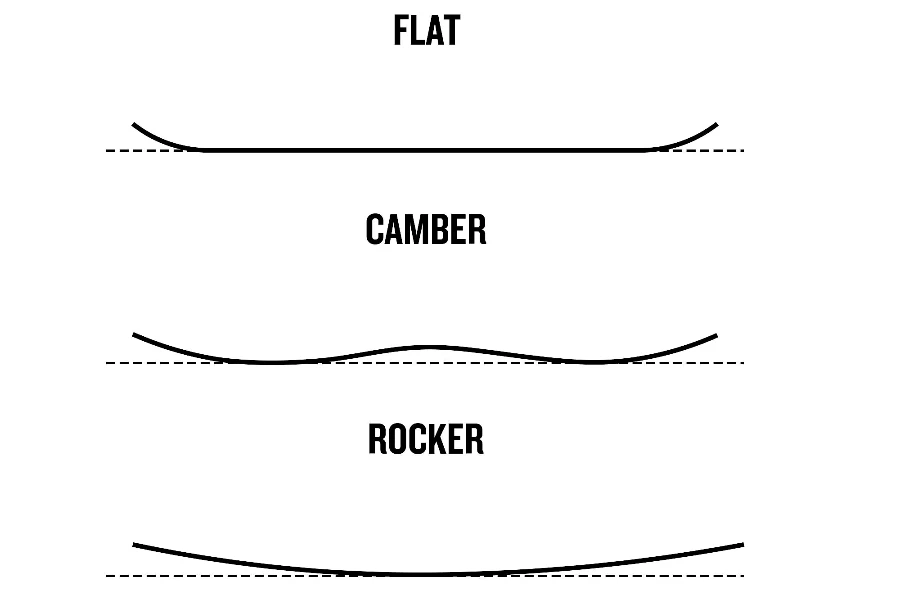
Effective Edge:
- Longer Effective Edge: More grip and stability but can be harder to turn.
- Shorter Effective Edge: Easier to maneuver but less stable at high speed.
Binding Compatibility:
- Brake Width Consideration: Ensure the brake width of the bindings matches the waist width of the snowboard. Bindings with too narrow brakes won’t deploy properly, and too wide could cause drag.
- DIN Settings: DIN settings are crucial for safety. They should be adjusted according to the snowboarder’s weight, height, and skill level by a certified technician.
- Boot-Binding Interface: Compatibility between the boot and binding is vital for performance and safety. Different systems like GripWalk or WTR have specific requirements.
Price Range:
- Entry-Level: More affordable but might lack advanced features and durability. They are typically targeted at beginners or occasional riders.
- Mid-Range: Often provide the best balance between cost and performance, suitable for most recreational snowboarders.
- High-End: Utilize top-of-the-line materials and technology for maximum performance and durability, targeted at serious or competitive snowboarders.
Bonus Features:
- Technologies like Magne-Traction for improved edge hold or 3BT for enhanced turn transitions can differentiate boards.
Environmental Impact:
- Sustainable Materials: Many manufacturers are now using eco-friendly materials like recycled plastics, bamboo, or sustainably sourced wood.
- Manufacturing Process: The environmental impact of the production process is also a consideration, with some brands committing to carbon-neutral manufacturing or waste reduction initiatives.
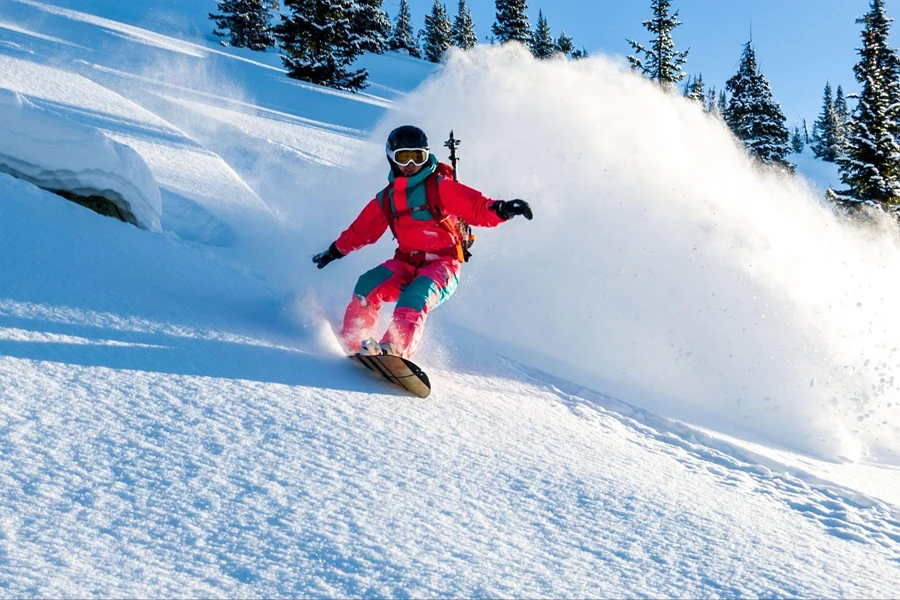
Top Picks for 2024
As we look ahead to the 2024 snowboarding season, the market is brimming with innovative designs and technology that promise to elevate the riding experience. Here are some of the top picks for 2024, each offering unique features and benefits to cater to a variety of riding styles and preferences.
Amplid Soul Mate 2023-2024 (Price: $535)
- Technology & Design: The Soul Mate is known for its pow-friendly silhouette and shares much of its DNA with the all-mountain Singular series. It’s designed with a focus on core profile and build quality, prioritizing performance over aesthetics. The board is aimed at riders who appreciate the nuances of snowboard construction and want a versatile, modern quiver.
- Target Snowboarder: Ideal for riders who want a board that does it all without breaking the bank, especially those who value subtlety in design and are looking for a long-term, reliable ride.
Bataleon Moodboard 2023-2024 (Price: $460)
- Technology & Design: The Moodboard is a women’s specific twin designed for fun times in the park and around the resort. It incorporates Bataleon’s signature 3D shaping and vibrant artwork, adding a fun factor to the mix. The board is designed to be relaxed yet responsive, with an emphasis on catch-free boardslides and creative riding.
- Target Snowboarder: Perfect for women and smaller riders who want a playful board that allows for relaxed style in the park and creative riding around the resort. It’s also an attractive option for entry-level riders due to its competitive price and forgiving nature.
Burton Gril Master 2023-2024 (Price: $795)
- Technology & Design: The Gril Master is a tribute to the joy of shredding with family, offering a versatile and lively model suitable for a wide range of riding styles. The directional shape is more freeride-oriented, providing stability and responsiveness for blasting down trails and tree runs.
- Target Snowboarder: Suitable for intermediate to advanced riders looking for a versatile board that can handle various terrains. The wide range of sizes caters to a broad audience, making it a great option for those who want a board that can grow with them.
Jones Mind Expander 2023-24 (Price: $600)
- Technology & Design: The Mind Expander is known for its quality and fun factor, offering a unique ride that stands out from the rest of the Jones lineup. It’s designed for creativity and fun on slushy days, encouraging riders to rediscover their love for carving and slashing.
- Target Snowboarder: Ideal for riders looking to break out of the routine with a board that encourages creativity and fun. It’s perfect for those wanting to rediscover their love for carving and slashing, especially on slushy days.
Lib Tech Orca 2023-24 (Price: $700)
- Technology & Design: The Orca is known for its setback inserts, tapered shape, and elongated nose, making it a beast in deep snow while still being versatile enough for different conditions. It’s designed to thrive on powder days but is versatile enough to handle a variety of riding conditions.
- Target Snowboarder: Perfect for riders who thrive on powder days but don’t want a board that’s limited to just those conditions. It’s suitable for intermediate to advanced riders who enjoy a mix of freestyle and freeride, offering a balance of float, stability, and maneuverability.
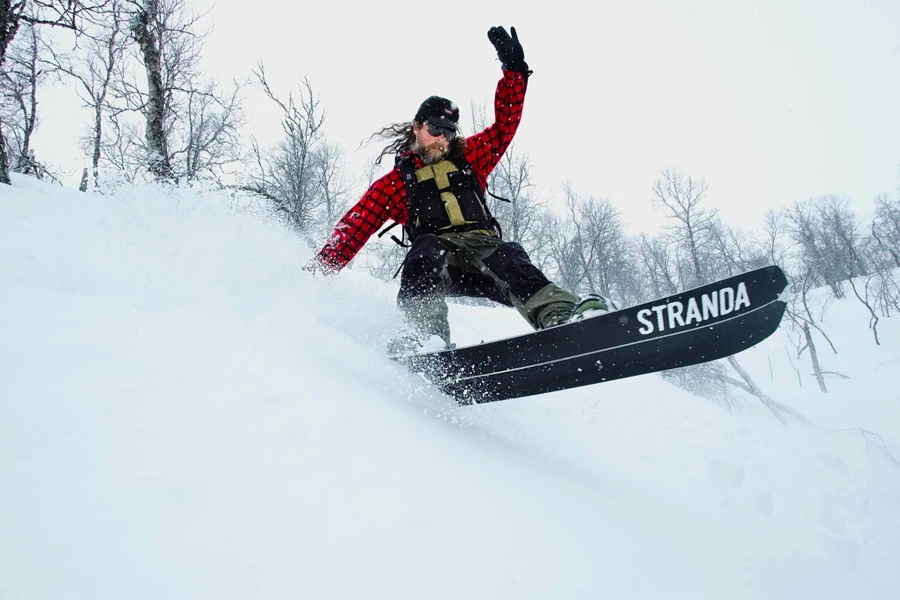
Conclusion
As we wrap up our journey through the 2024 snowboard market, it’s clear that the season is set to offer an exciting array of options tailored to diverse riding styles and preferences. From understanding market dynamics and consumer preferences to delving into the specifics of snowboard selection and celebrating the top picks, this guide aims to empower business professionals and online retailers with the knowledge to make informed decisions. The key takeaway is the importance of aligning product choices with evolving technological advancements, design innovations, and the nuanced needs of the target consumer base.
Leverage this information to refine your inventory, cater to the specific demands of your clientele, and stand out in the competitive snowboarding market. Remember, the right selection strategy is not just about stocking the best; it’s about stocking what’s best for your customers. Here’s to a successful and thrilling 2024 snowboarding season!
